The classic vision of a sprawling backyard pool often feels like an impossible dream for many homeowners grappling with the reality of a compact city lot or a modest suburban garden. The constraints of limited space and a fear of massive installation and upkeep costs often lead people to dismiss the idea of a private aquatic retreat entirely.
The elegant and efficient solution that delivers the full relaxation experience without demanding a huge footprint is the plunge pool. Far more than a simple hot tub or small wading area, a plunge pool is a sophisticated, compact basin designed specifically for cooling, therapeutic soaking, and enhancing the aesthetic of your outdoor space. It represents a smart shift in prioritizing focused relaxation over extensive swimming space. This comprehensive guide will explore everything you need to know about this small-space plunge pool, including its numerous cost and spatial advantages and maintenance tips.
What Is a Plunge Pool?
A plunge pool is essentially a small, deep swimming pool designed primarily for standing, sitting, cooling off, and relaxation rather than long-distance swimming. Its design philosophy centers on maximizing therapeutic and aesthetic value while minimizing its physical footprint.
It represents a deliberate choice to prioritize the quality of the water experience, the refreshing "plunge," over the quantity of swimming space, making luxury accessible in limited areas.
How it differs from full-size swimming pools
The fundamental difference between a plunge pool and a standard swimming pool (often 30-40 feet long) lies in their intended function and resulting dimensions.
Full-size pools are built for exercise and recreation, whereas plunge pools focus on therapeutic cooling and soaking.
Their small size means they have less heat loss and require far less energy and fewer chemicals to maintain than their larger counterparts, making them highly efficient to own and operate.
Typical dimensions/depth/volume
While customizable, plunge pools generally take up significantly less area than traditional pools. Typical dimensions range from 10 to 22 feet in length and 6 to 12 feet in width.
The depth is often between 4 and 6 feet to allow for comfortable, full-body immersion and built-in seating.
Critically, a plunge pool typically holds 3,000 to 8,000 gallons of water, a fraction of the 15,000 to 30,000 gallons held by a standard residential pool, which drives the significant cost and maintenance savings.
Variations in shapes (rectangular, square, freeform)
Plunge pools offer remarkable design flexibility to integrate with any architectural style. Common shapes include:
Rectangular: A sleek, modern, and efficient shape ideal for long, narrow spaces like side yards. It can be equipped with swim jets for resistance swimming.
Square/geometric: Highly popular for small, contemporary patios and courtyards, maximizing soaking space in a tight footprint.
Freeform/organic: Used in natural or rustic settings, often integrated with landscaping, boulders, or stone to create a grotto-like, natural spring feel.
Key functional focus (relaxation/cooling rather than laps)
The primary functional focus of a plunge pool is relaxation and therapeutic use. They serve as:
Cool-off zones: Perfect for a quick, refreshing dip on a hot day.
Therapy hubs: Easily configured with powerful hydrotherapy jets to provide a deep, targeted muscle massage, functioning as an oversized, deep spa.
Social gathering spots: Built-in seating ledges transform the pool into an intimate, conversational area.
While resistance swim jets can be installed to enable stationary swimming, the core appeal remains the low-effort, high-reward relaxation and invigoration they provide.
Why Choose a Plunge Pool? Benefits & Advantages
Choosing a plunge pool over a full-size alternative is a practical decision driven by a powerful combination of financial, spatial, and aesthetic benefits perfectly suited for modern living. They deliver the luxury amenity without the traditional burdens of size and cost.
This choice allows homeowners to reclaim space and budget while still enjoying a sophisticated, personalized aquatic experience.
Space efficiency (fits small yards)
The most compelling advantage is the plunge pool's unmatched ability to fit into restricted areas. In urban environments or smaller suburban yards, a traditional pool would consume the entire outdoor space.
A plunge pool, by contrast, can be seamlessly integrated into a tight corner or a narrow side passage, or even placed semi-recessed into a deck. This preserves crucial space for outdoor dining, lounging, or gardening, ensuring the yard remains multi-functional.
Cost advantages: installation, materials, maintenance, energy
The financial savings associated with a plunge pool are significant across the entire lifecycle:
Installation: Costs are typically 40% to 60% less than a full-size pool due to less excavation, concrete, and materials.
Materials: Lower volume requirements mean less expense for interior finishes like plaster, pebble aggregate, and tiling.
Maintenance: Significantly lower chemical and labor costs due to the reduced water volume. It requires less effort and chemicals to maintain a perfect water balance.
Energy: Heating a small volume of water is highly efficient, drastically reducing utility bills compared to heating a large pool or even a large spa.
Faster build timelines / less disruption
A smaller, less complex project naturally results in a faster construction timeline. While a traditional in-ground pool can take 6 to 12 weeks, a plunge pool often takes just 4 to 8 weeks from excavation to completion. This quicker turnaround minimizes neighborhood disruption, noise pollution, and the overall time your yard is an unusable construction zone, getting you into the water sooner.
Aesthetic & property value benefits
A well-designed plunge pool serves as a sophisticated architectural feature and often acts as the beautiful, illuminated focal point of a patio. It conveys luxury and bespoke design, which is highly appealing to potential buyers. Unlike large pools that can sometimes be perceived as a maintenance burden, a compact, low-maintenance plunge pool is widely seen as a definite value-add, enhancing the property's appeal and resale value, especially in markets where outdoor living is highly prized.
Versatility in use (cool-off zone, therapy jets, decorative focal point)
The small size actually enhances specialized use:
Hydrotherapy: Easily outfitted with powerful jets, allowing the pool to function as a deep-water, full-body spa.
Year-round use: Efficient heating allows it to operate as an oversized hot tub during cooler months.
Cold plunge: They are ideal for the increasingly popular "cold plunge" therapy, offering the full health benefits of cold immersion.
Decorative element: With built-in features like LED lighting, fountains, and spillways, it becomes a serene and dramatic water feature in the evening.
Plunge Pool Design Ideas and Custom Features
The size of a plunge pool is its greatest advantage in terms of design, allowing for full customization and the use of premium, luxury finishes that might be cost-prohibitive for a larger basin. It allows you to create a high-impact, personalized masterpiece.
Style themes: modern minimalist, natural/rustic, resort
Your pool's aesthetic should harmonize with your home's architecture:
Modern minimalist: Features straight lines, sharp corners, and geometric shapes, often finished with light, large-format tiles or dark-bottom plaster for a dramatic, reflective look.
Natural/rustic: Utilizes freeform shapes and natural stone coping, with dark-bottom plaster to mimic a lagoon or grotto, integrating seamlessly with native greenery.
Resort/tropical: Aims for an exotic, luxurious feel, often featuring a perimeter overflow (infinity edge) and vibrant blue tiling, surrounded by palms and lush foliage.
Integrated hardscaping: Treats the pool as an extension of the patio, often built with raised walls that feature benches or spillways, using materials that perfectly match the surrounding hardscape.
Materials, finishes & features: plaster, stone, tiles, decking, benches
The right materials are key to aesthetics and durability:
Interior finish: Pebble aggregate is a popular choice for its durability and natural texture, offering color options from deep blue to light aqua. Glass beads provide a premium, sparkling finish.
Coping: The edge of the pool, commonly finished with natural stone (e.g., Travertine, which stays cool in the sun) or matching concrete pavers.
Tiling: Used at the waterline for protection and visual accent, with options ranging from simple porcelain to intricate glass mosaics.
Built-in seating: Custom benches, ledges, or sun shelves are essential for comfort, maximizing the small space's therapeutic and social potential.
Add-ons: hydrotherapy jets, underwater lighting, heaters, built-in seating
Custom features elevate the pool experience:
Heaters: Highly efficient for small volumes, allowing for year-round use. Electric heat pumps are the most energy-efficient choice for maintaining constant warmth.
Underwater lighting: LED lights are standard, offering energy efficiency and the ability to choose colors for a stunning nighttime ambiance.
Smart Pool and Best Lighting Ideas for a Stunning Backyard
Key Considerations for Plunge Pool Installation
Installing a plunge pool, despite its size, requires meticulous planning and adherence to all local building codes to ensure a structurally sound and long-lasting result. Proper preparation is key to avoiding costly delays or structural issues.
A successful installation relies on a thorough understanding of the site, adherence to regulations, and the correct scaling of all necessary equipment.
Site assessment: soil, slope, drainage
Before excavation, a professional site assessment is mandatory:
Soil and slope: Determining soil stability (clay, rock, or sand) dictates the excavation method and the required structural reinforcement (steel rebar). The site must be properly graded to ensure all surface water drains away from the pool structure.
Utilities: All existing underground utility lines (gas, water, electrical) must be marked and accounted for before digging.
Permits & local building codes
Securing all necessary local permits is a non-negotiable step for any pool project.
Setbacks: The minimum required distance from property lines, septic fields, and other structures.
Barrier requirements: Mandatory fencing heights, gate specifications, and alarms required for safety compliance, particularly for child safety.
Structural and electrical: Codes regarding the pool shell construction and the safe installation of all electrical components (pumps, heaters, lights). A professional contractor should manage this process entirely.
Filtration, circulation, and heating systems
The equipment must be appropriately sized to the pool's low volume for maximum efficiency:
Pump & filter: The pump must be sized to circulate the entire water volume at least once every 8 hours. Variable Speed Pumps (VSPs) are strongly recommended for their energy efficiency, saving money over time.
Heating: Due to the small volume, heating is fast and efficient. Electric heat pumps offer the most economical solution for sustained heat, while gas heaters provide rapid heating for occasional use.
Sanitization: Systems like saltwater chlorinators are highly effective for plunge pools, providing a consistent, low-level supply of chlorine with less manual chemical handling.
Timeline & workflow (excavation, plumbing, finishing)
The typical project workflow is streamlined:
Excavation & steel/plumbing: 3-6 days. Digging the hole, installing the steel cage, and running all utility pipes.
Gunite/shotcrete: 1-2 days. Spraying the concrete shell, followed by a necessary 7-day curing period.
Tiling & coping: 3-5 days. Installing the waterline tile and pool edge.
Hardscape & finish: 1-2 weeks. Laying the surrounding patio/deck and applying the final interior finish (plaster/aggregate), followed by filling and chemical balancing.
Plunge Pool Care, Maintenance, and Everyday Use
The low maintenance requirement is a major long-term benefit of plunge pool ownership. The smaller volume ensures that maintaining water quality is predictable, less resource-intensive, and less of a chore than with a large pool.
Category | Task / Aspect | Frequency / Recommendation | Details / Benefits |
Routine cleaning |
|
|
|
|
|
| |
|
|
| |
Water chemistry |
|
|
|
|
|
| |
|
|
| |
|
|
| |
Circulation & filtration |
|
|
|
|
|
| |
|
|
| |
Seasonal care |
|
|
|
|
|
| |
Automation & systems |
|
|
|
|
|
| |
|
|
| |
Cost & resources |
|
|
|
|
|
| |
|
|
|
Common Pool Pump Plumbing Fitting Problems: Here's What You Need To Know
The invention of the plunge pool has irrevocably changed the landscape of residential aquatic design. It brilliantly solves the fundamental conflict between the desire for a private water feature and the practical constraints of limited space and budget. If your yard size has always been the barrier to installing a pool, the efficient, customizable, and cost-effective plunge pool offers the definitive modern solution. Don't let limited space limit your luxurious lifestyle. Take the first step toward transforming your modest outdoor area into a custom-designed sanctuary. USAPoolShop offers a wide range of high-quality filters, pumps, heaters, valves, and cleaners from top manufacturers. With fast shipping and expert support.
Reference:
https://www.hawaiitourismauthority.org
https://plungepoolsva.org/
https://www.denvergov.org/
FAQs
Can you swim laps in a plunge pool?
Most plunge pools are not designed for lap swimming due to their short length. They are optimized for immersion, cooling off, and lounging rather than active swimming.
How deep should a plunge pool be for safe submersion?
A typical plunge pool depth is around 4 to 6 feet (1.2 to 1.8 m), deep enough to allow full submersion and comfortable sitting or floating, but not so deep as to require complex diving safety measures.
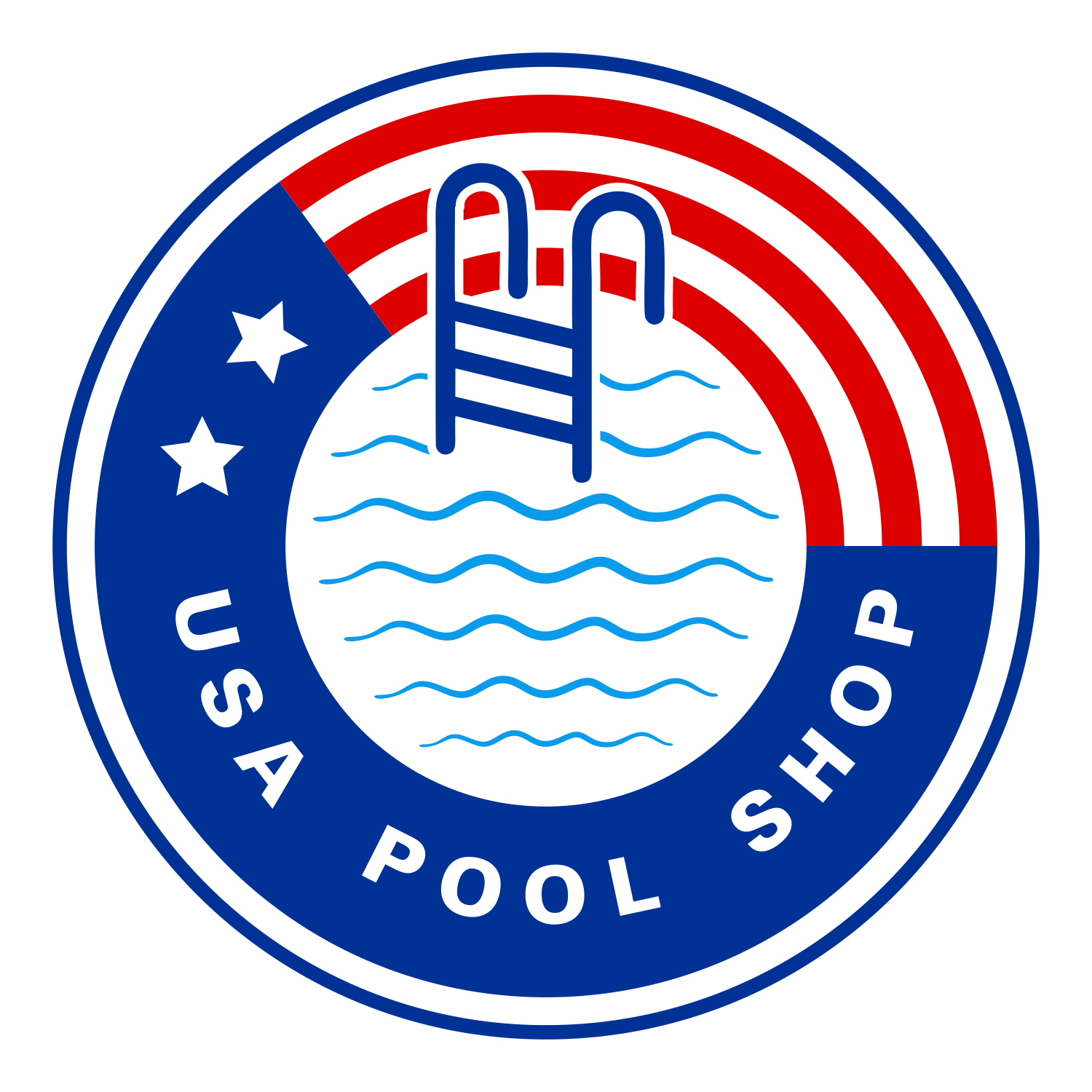
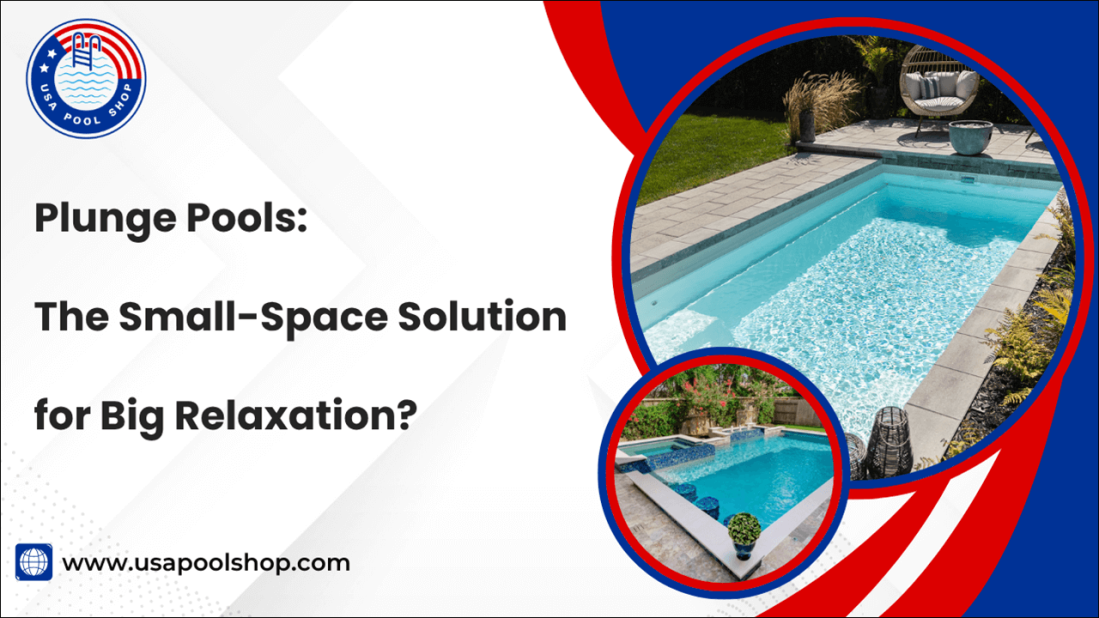


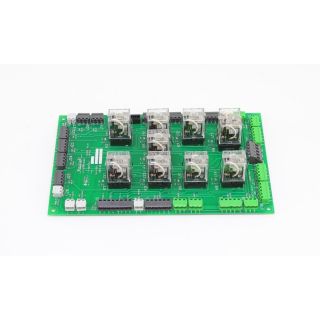
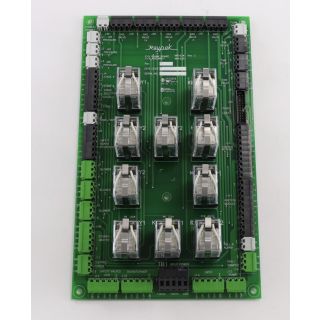
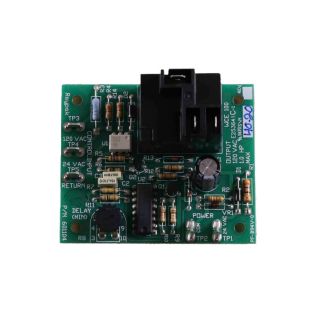

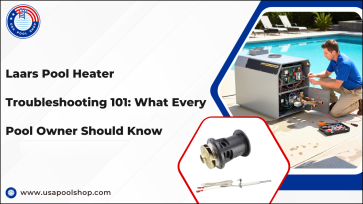
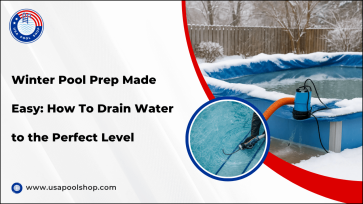


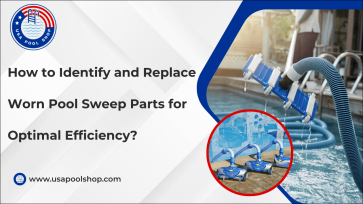
Validate your login